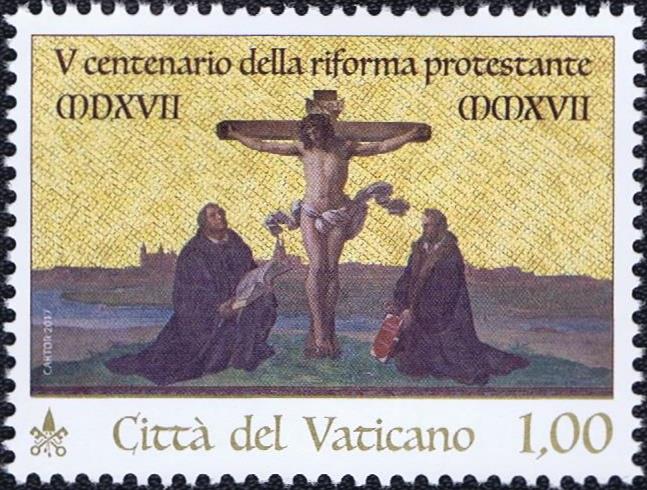
Home

The Protestant Reformation symbolically began on 31 October 1517 when Augustinian Monk Martin Luther nailed Ninety-Five Theses (95 propositions written by Luther to be debated in following months) to the door of Wittenberg Church (Saxony). Movements for Church reform occurred decades earlier, but with limited success. Luther's protests against the excessive "sale" of indulgences and other practices were essentially ignored until support within parts of Germany led to a revolt, pitting some North German states against both the Holy Roman Empire and the papacy. Efforts to heal the growing dispute failed and Luther was protected by North German princes who saw this as a means to weaken imperial control. Luther was excommunicated in 1521. The religious dispute eventually spilled into armed rebellion, including a sack of Rome by an unpaid Catholic and Lutheran imperial army (1527) and a siege of Vienna by the Ottoman Turks (1529) led by Suleiman the Magnificent. In the 16th and 17th centuries, Catholic French monarchs often sided with Lutheran or Calvinist states as a means to weaken the Holy Roman Empire. By 1555 the Religious Peace of Augsburg confirmed a stalemate, where the religion of the ruling prince determined the religion of the various German States, the principle of A commemorative stamp was produced by the UFN to mark the 5th centenary of the Protestant Reformation (no specific artist identified). The €1,00 value depicts Jesus Christ on the Cross with a kneeling Martin Luther holding a book of scripture and another kneeling reformer, Philip Melanchthon, an associate of Luther, holding the Augsburg Confession, the primary confession of faith of the Lutheran Church and one of the most important documents of the Protestant Reformation. In the background is the spire of Wittenberg Church. The stamp was printed in sheets of 10. Technical Details: Scott Catalogue - 1668 - 1668 Date Issued - 23 November 2017 Face Value - €1,00 Perforations - 13 x 13-1/4 Printing Process - Offset Printer - Cartor (France) Max Printed - 120,000 |
| (Source - Vatican Notes: Volume: 66 Issue: 375 Page: 4-6) |